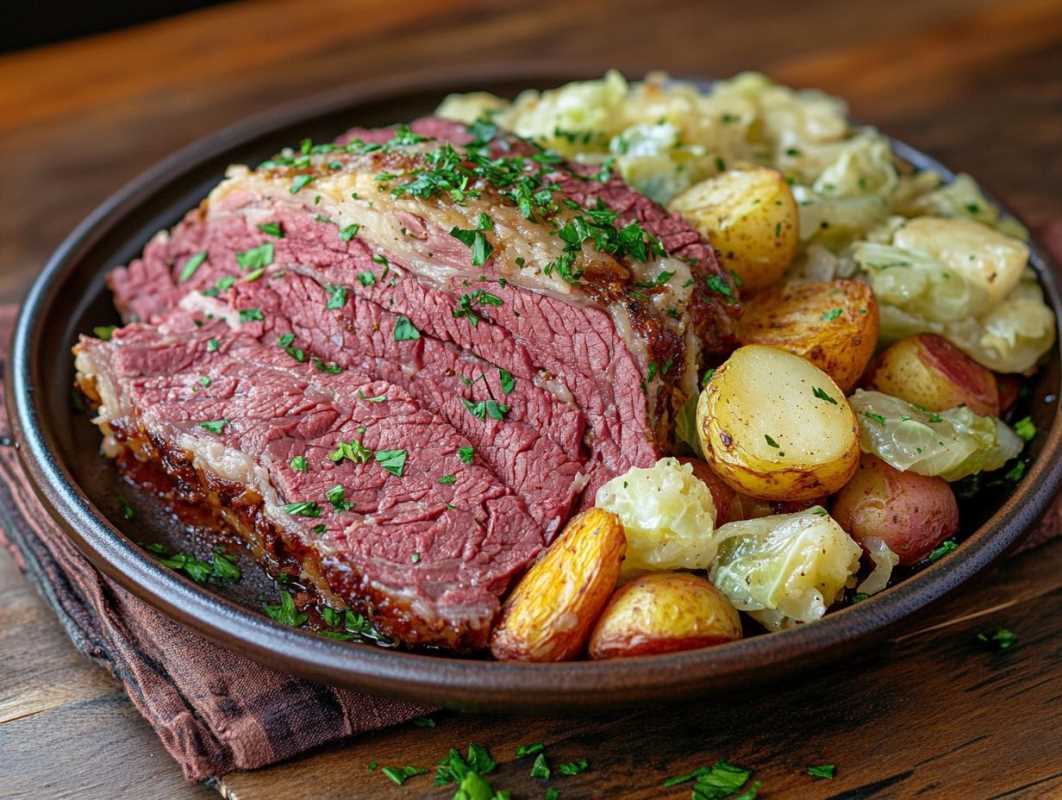Few countries in the world are as intertwined with the joy of baking as France. At its heart, baking in France is more than a set of techniques; it’s an expression of art, tradition, and a deep love for food. Pop into any French pâtisserie or boulangerie, and you’ll see shelves bursting with flaky croissants, crusty baguettes, delicate macarons, and glossy éclairs. The craftsmanship involved is nothing short of mesmerizing, yet even the simplest loaf of bread carries centuries of history and pride.
Feeling inspired to explore the wonders of French baking? Whether you’re an experienced baker or someone who just loves a warm croissant in the morning, there’s much to discover. Today, we’ll take a closer look at some iconic French baked goods, how they’re made, and ways you can bring a little piece of French pâtisserie magic into your own kitchen.
Croissants
Croissants are arguably the first thing that comes to mind when anyone thinks of French pastry, and for good reason. Golden, buttery, and delightfully flaky, a perfectly made croissant is nothing short of a masterpiece. Despite their French reputation, croissants actually have Austrian roots, inspired by the kipferl. However, the French took this crescent-shaped pastry to new heights with the incorporation of laminated dough.
Laminated dough is the secret to croissants’ signature layers. It’s a process of folding and rolling butter into the dough countless times to create multiple thin layers. When baked, steam from the butter causes the layers to puff apart, resulting in that unmistakable flakiness.
Home Tip: Making croissants from scratch can be a labor of love, but the payoff is worth it. Use high-quality butter (preferably European with a higher fat content), and take your time when laminating the dough. Patience is key to achieving those delicate layers!
The Classic Baguette
The humble baguette is more than just bread in France; it’s a cultural icon. With a crackling crust and pillowy interior, this long, slender loaf has been a staple of French life for generations. French laws even regulate what can be called a "traditional baguette" to ensure the quality and respect for this beloved bread.
What makes the baguette special is its simplicity. It’s made of just four ingredients: flour, water, salt, and yeast. Yet, the skill lies in kneading the dough, shaping it into its iconic form, and baking it to perfection. The process ensures all the right elements come together for that chewy texture and toasty, golden crust.
Home Tip: A baking stone or steel is your best friend for making baguettes at home. It helps mimic the heat of a professional bread oven for a perfectly crispy crust. Don’t forget to add steam during the first few minutes of baking by placing a tray of water in the oven or misting with a spray bottle.
Éclairs
Éclairs manage to be both indulgent and elegant at the same time. These oblong pastries, made from choux pastry, are filled with luscious pastry cream and topped with a shiny glaze. The word "éclair" means lightning in French, supposedly because of how quickly people devour them (and honestly, can you blame them?).
Choux pastry, or pâte à choux, is an essential skill in the French baking repertoire. Unlike most doughs, it’s cooked on the stovetop before being baked. The result is a light, airy pastry that puffs up beautifully. Mastering choux opens up a world of possibilities, from éclairs and profiteroles to cream puffs and gougères.
Home Tip: When making choux pastry, avoid opening the oven mid-bake. The pastries rely on trapped steam to puff up, and a sudden drop in temperature can deflate them. Also, make sure your pastry cream is completely cooled before filling your éclairs to prevent them from becoming soggy.
Macarons
Ah, macarons. These fragile, colorful sandwich cookies are as much a symbol of French sophistication as the Eiffel Tower itself. Made with almond flour, egg whites, and sugar, they feature a crisp, airy shell with a chewy center, all held together by a smooth layer of ganache, jam, or buttercream. Don’t mistake them for the coconut-filled "macaroons" (a common mix-up outside of France)—macarons are a world of their own.
While they’re undeniably beautiful, macarons can be famously tricky to master. Achieving those perfect "feet" (the ruffled base of the shells) and a smooth, shiny surface requires attention to detail, precise measurements, and a little trial and error.
Home Tip: Use a kitchen scale to measure all ingredients for macarons; precision is crucial. Aging your egg whites (letting them sit out overnight) can also make them whip into a stronger meringue. And don’t rush the step of resting the piped macarons before baking; this helps create that smooth surface.
French Baking Tradition
What sets French baking apart isn’t just the recipes but the reverence for the craft itself. Bakers train for years to perfect their technique, often starting as apprentices before earning the title of maître boulanger or maître pâtissier (master baker or pastry chef). Even in modern times, French pastry remains rooted in tradition, although chefs also continue to innovate with new flavors and styles.
Beyond technique, the cultural significance of French baking can’t be overlooked. For instance, a warm baguette tucked under the arm is a daily ritual for many. Pastries are seen as both everyday indulgences and ways to mark celebrations, whether it’s a galette des rois for Epiphany or a croquembouche at a wedding.
Bringing French Baking into Your Kitchen
Although baking like a true French chef can feel intimidating, it’s all about starting small and having fun with the process. Begin with simpler recipes, such as madeleines or rustic country bread, then work your way up to more intricate pastries like croissants or macarons.
Investing in good equipment can also transform your baking experience. A digital kitchen scale, silicone baking mats, and a stand mixer can go a long way in helping you achieve professional results. And don’t shy away from experimenting. Combine classic French techniques with your favorite flavors to create something entirely your own.
The French art of baking and pastry is a celebration of flavor, precision, and tradition. Every loaf of bread and each delicate pastry holds a story of creativity and care, passed down through generations.
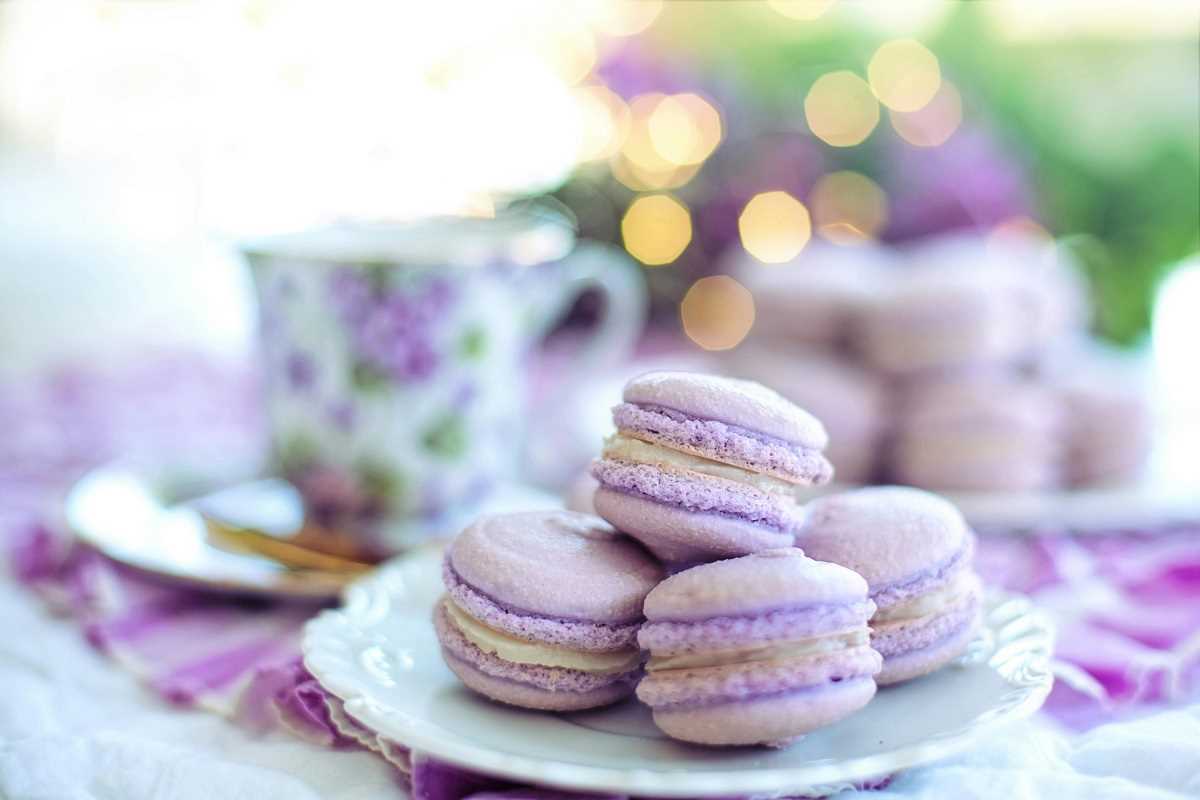 (Image via
(Image via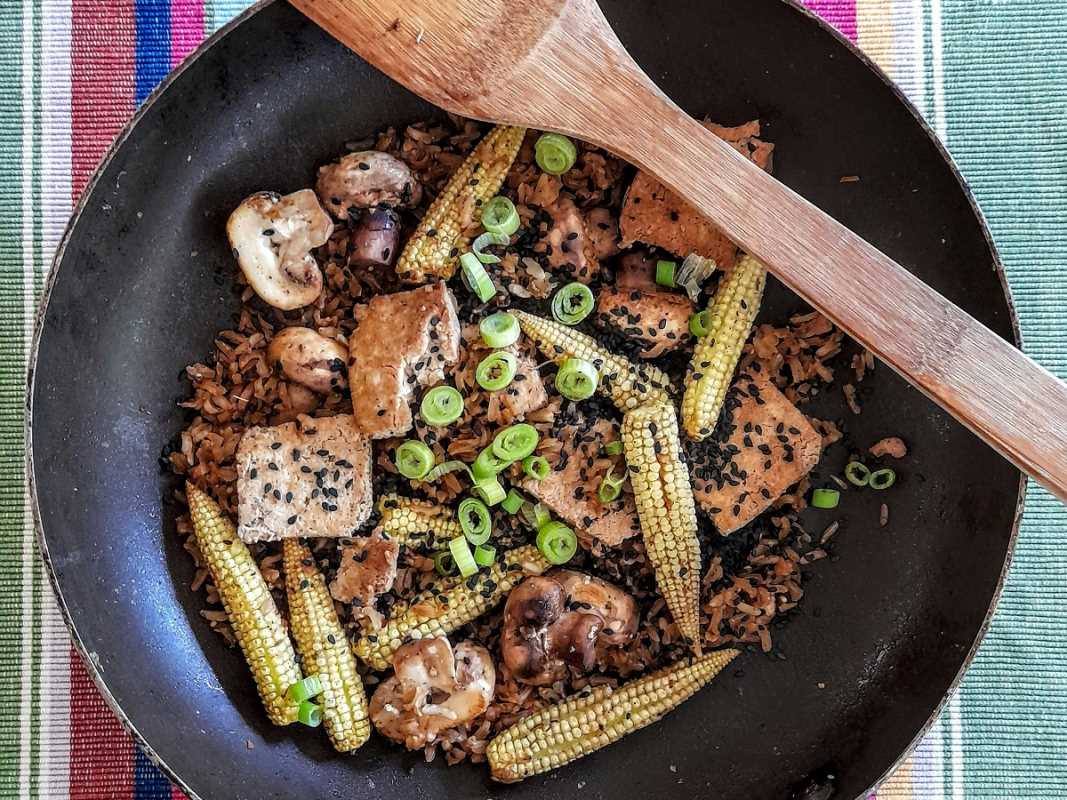
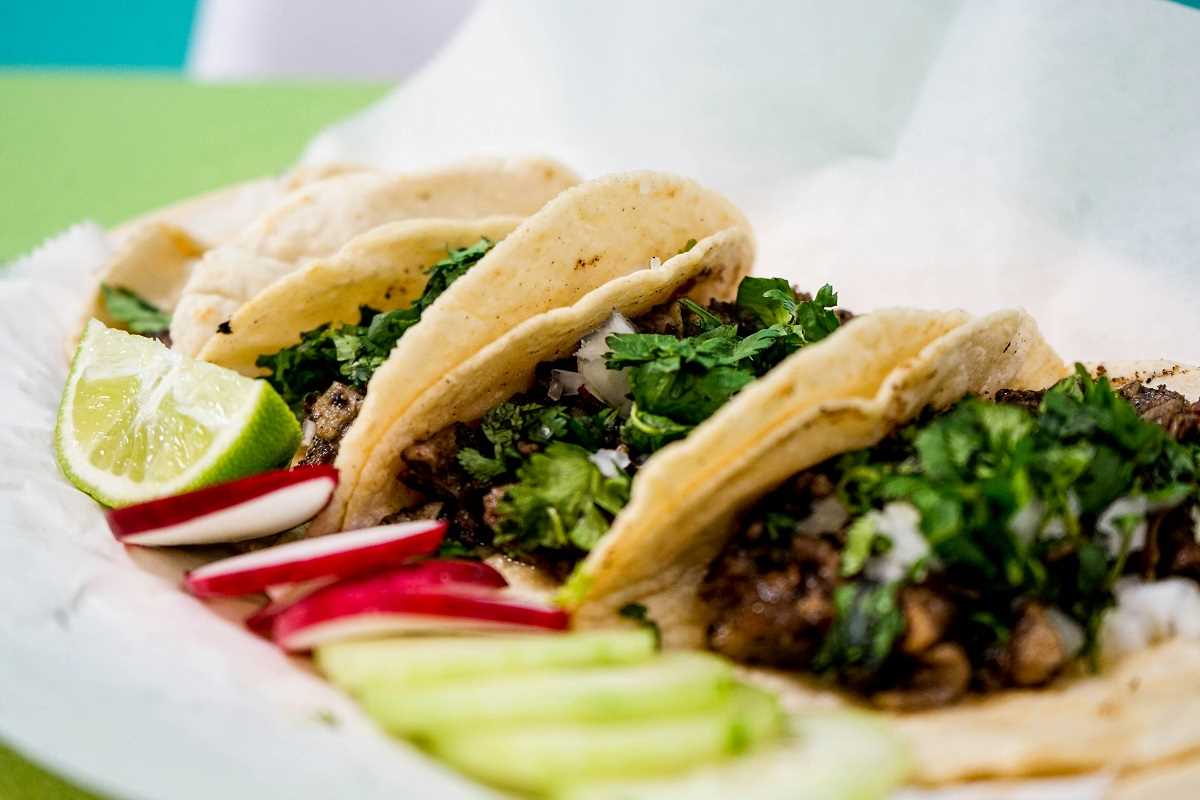

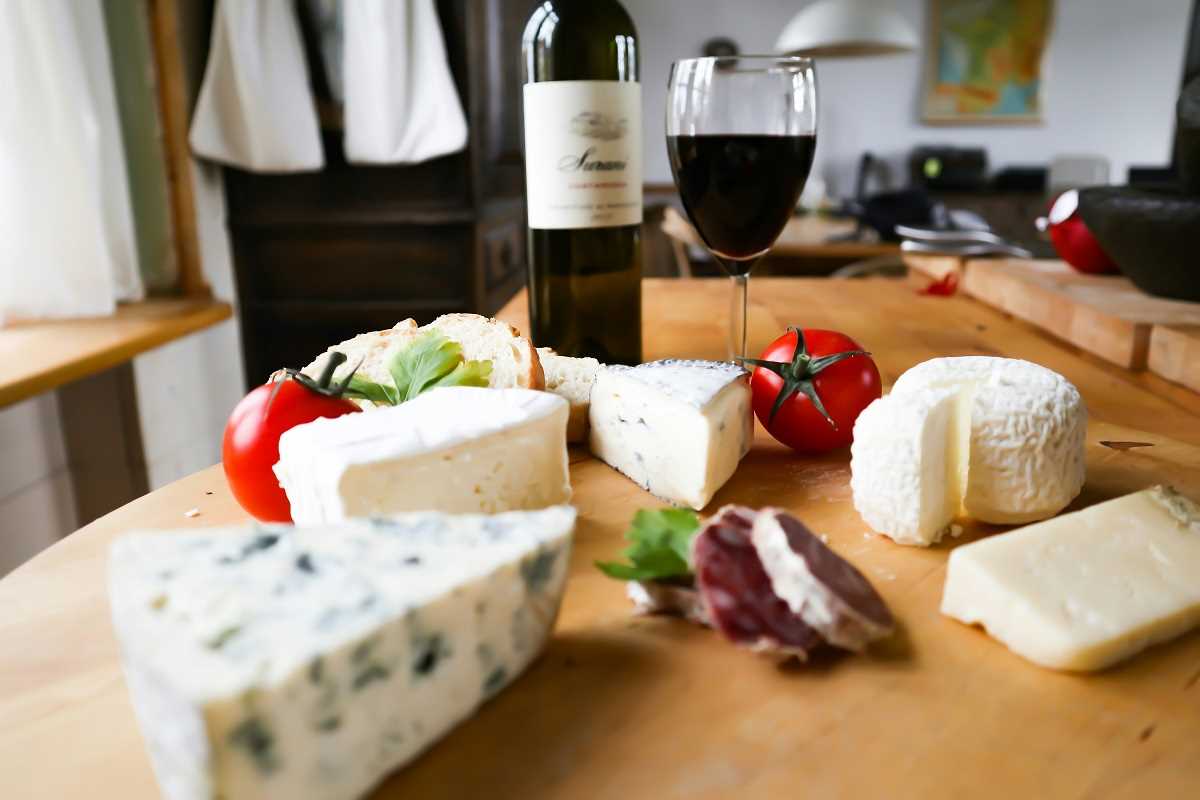
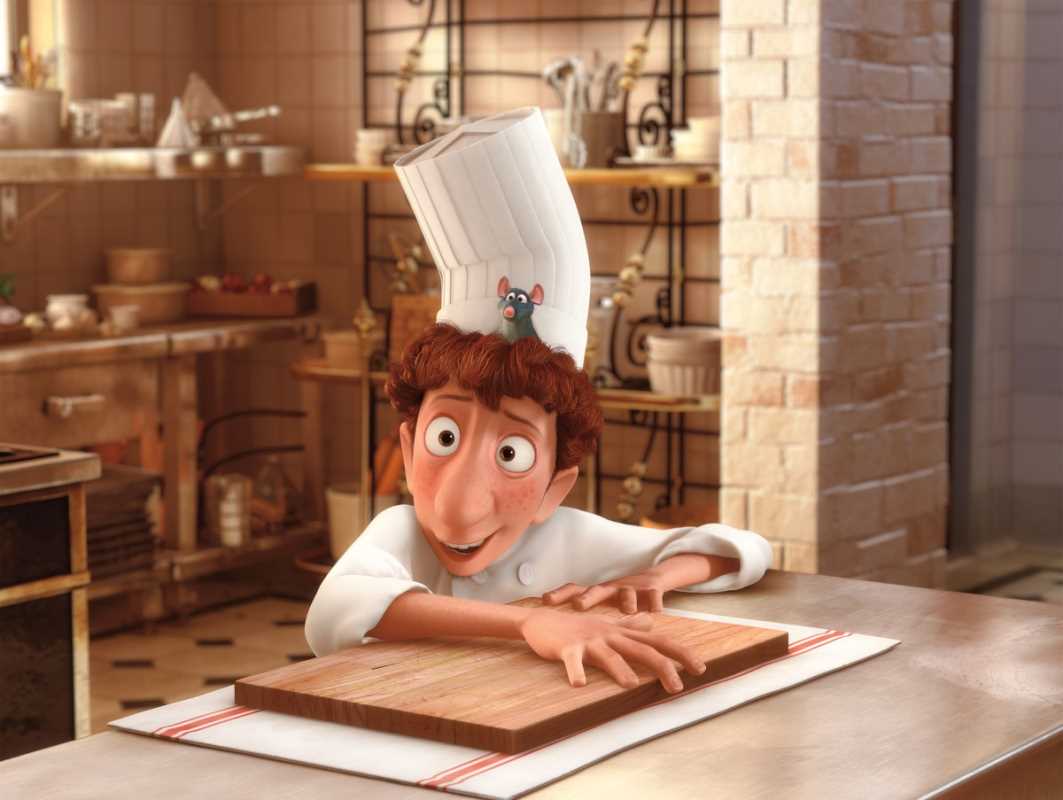
.jpg)
